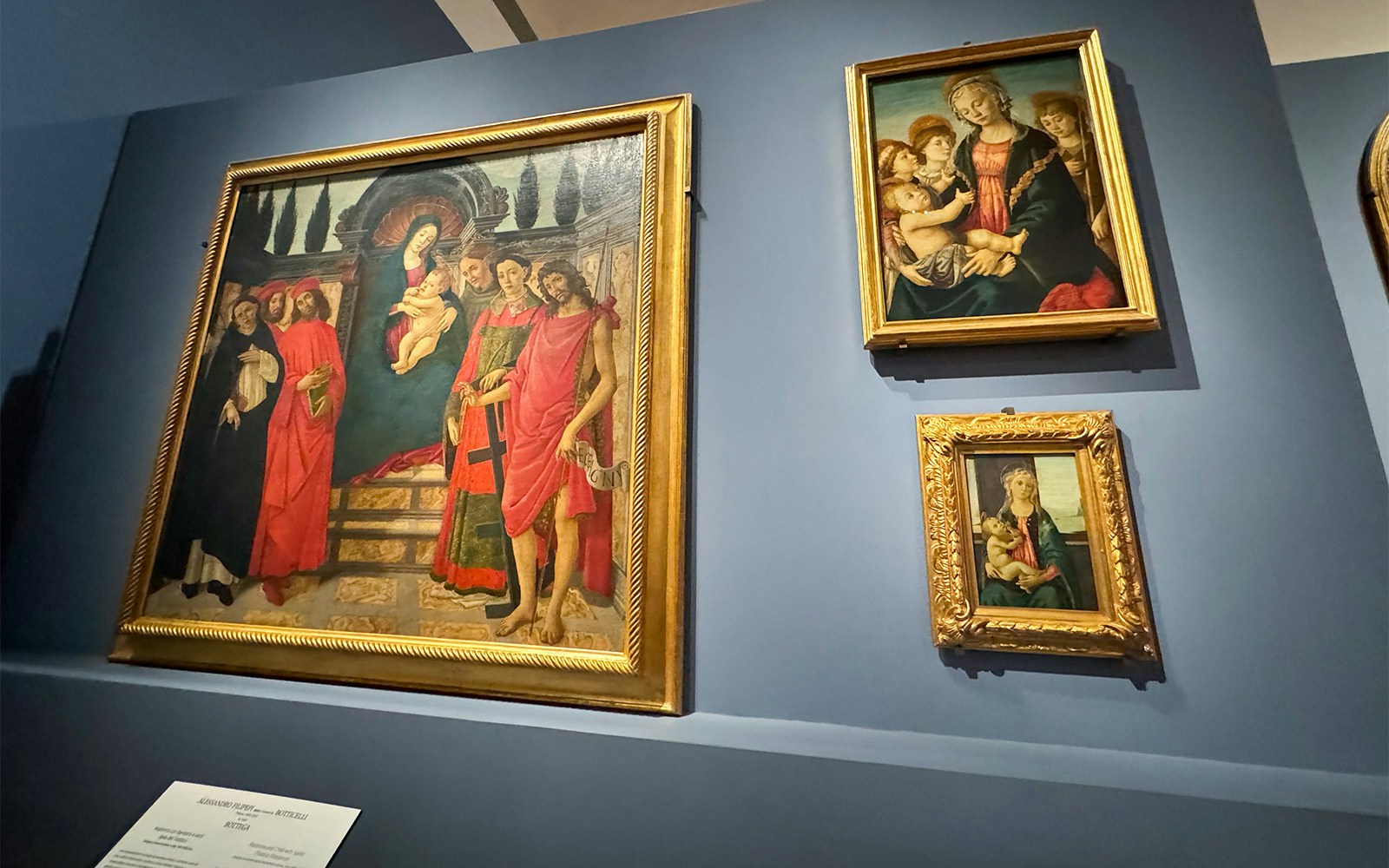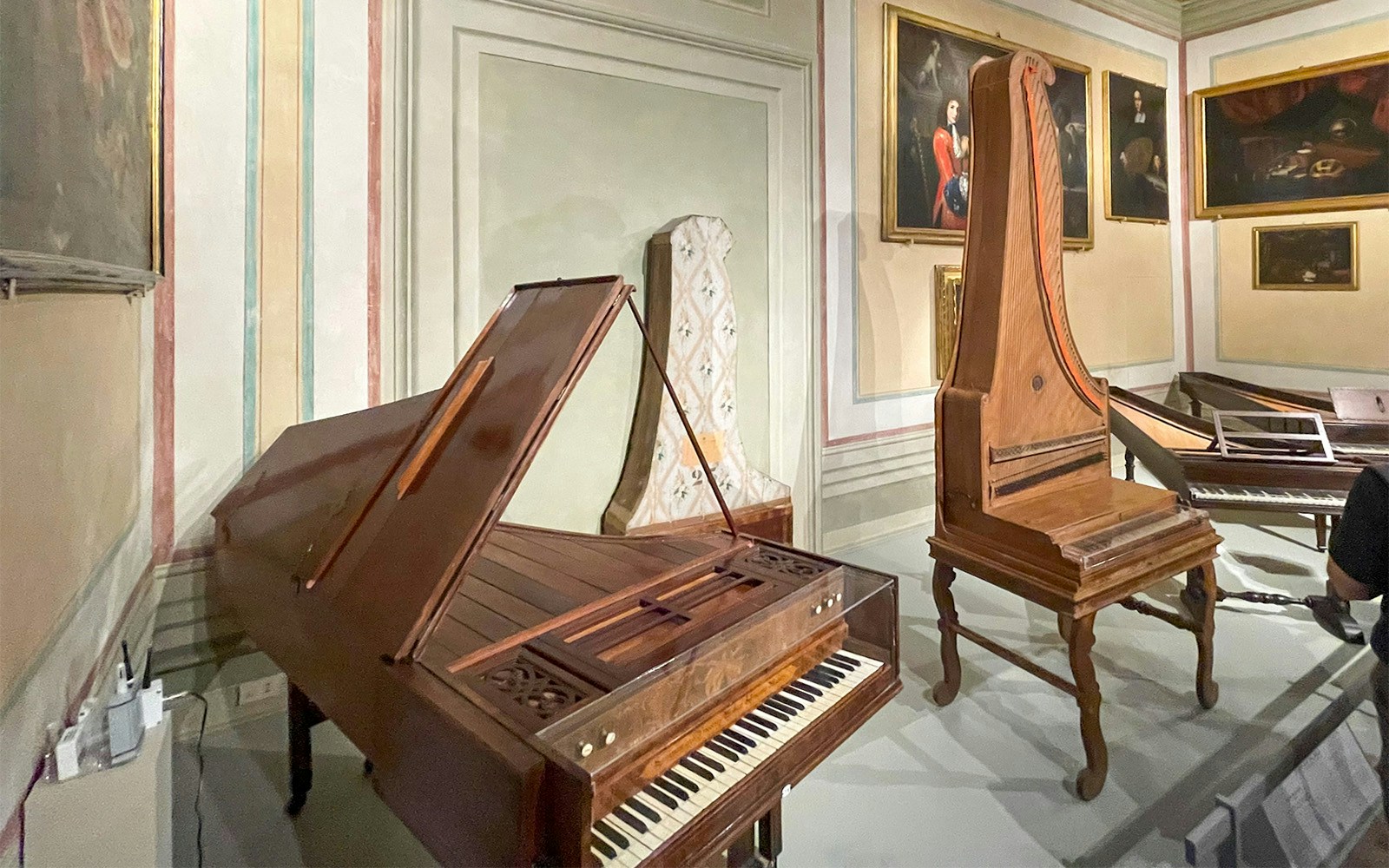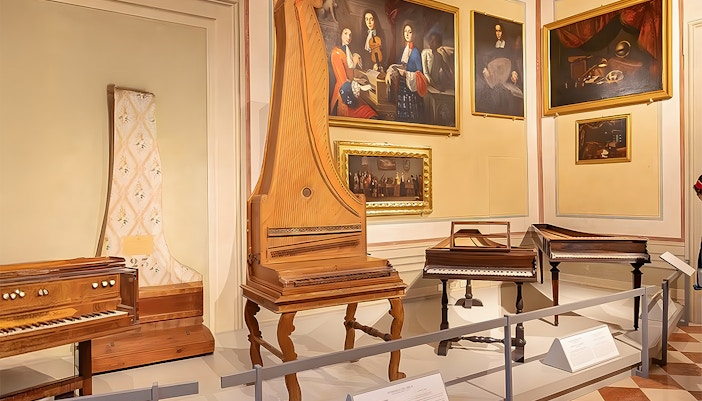Nothing prepares you for the moment you turn the corner and see David under the skylight. At over 17 feet tall, this marble giant isn’t just a sculpture—it’s a revelation. You’ll notice the tense muscles, the defiant gaze, and the silence of everyone around you.
Why visit the Accademia Gallery?
If there’s one place in Florence where art history doesn’t just hang on the walls—but towers above you in marble—it’s the Accademia Gallery.
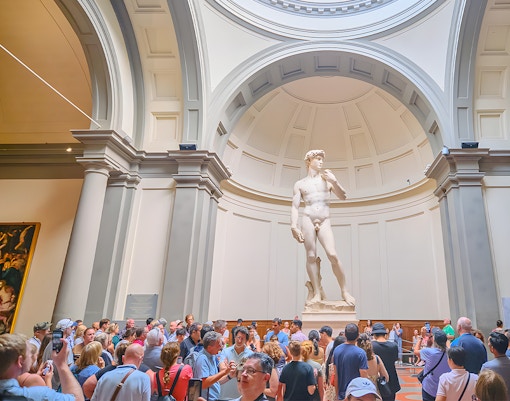
Stand before Michelangelo’s David

See a masterpiece in the making
In the Hall of the Prisoners, unfinished Slaves struggle to break free from stone. You can see the chisel marks, the raw marble, and Michelangelo’s hand at work. It feels like stepping into the artist’s mind mid-creation.

Discover Florence’s artistic heartbeat
Beyond sculpture, the Accademia tells the story of Florence through art. Wander through rooms filled with Gothic altarpieces, luminous gold leaf, and Renaissance frescoes. Each corner reveals something unexpected—from Giotto’s early innovations to Botticelli’s delicate detail.

Step into the soundscape of the past
The Museum of Musical Instruments is a hidden gem. Explore rare pieces like a Stradivari violin and Medici-owned harpsichords. It's a quiet detour that gives the gallery unexpected dimension—and a nod to Florence’s musical legacy.
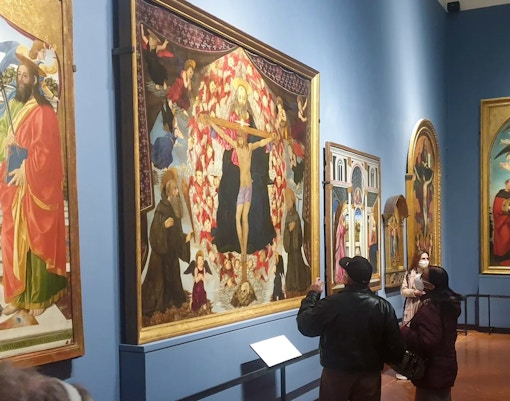
Small in size, rich in experience
The Accademia is compact and focused, ideal if you’re short on time or want an easy-to-navigate cultural hit. Whether it’s your first time in Florence or your fifth, this gallery offers a powerful, personal encounter with Renaissance brilliance.

